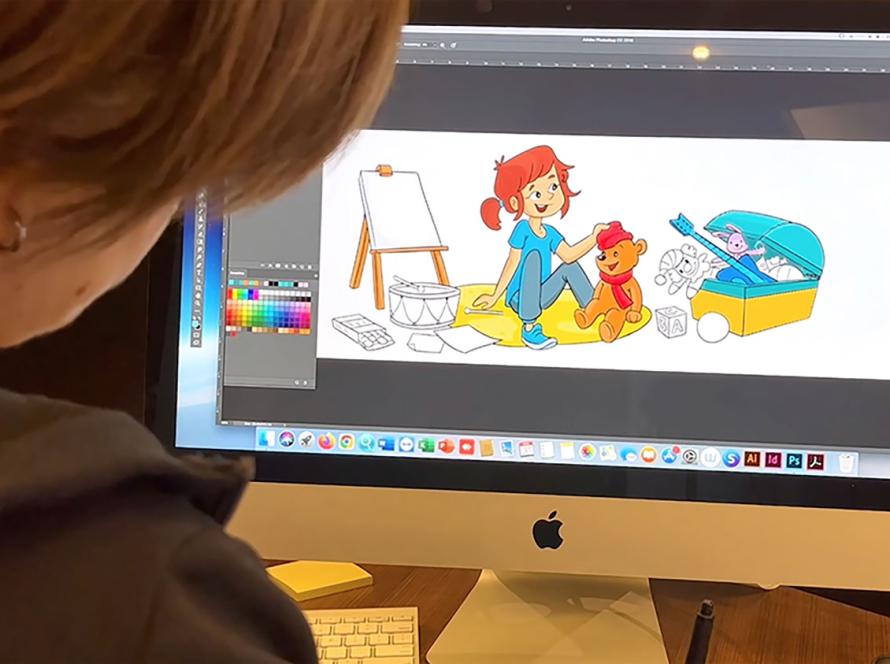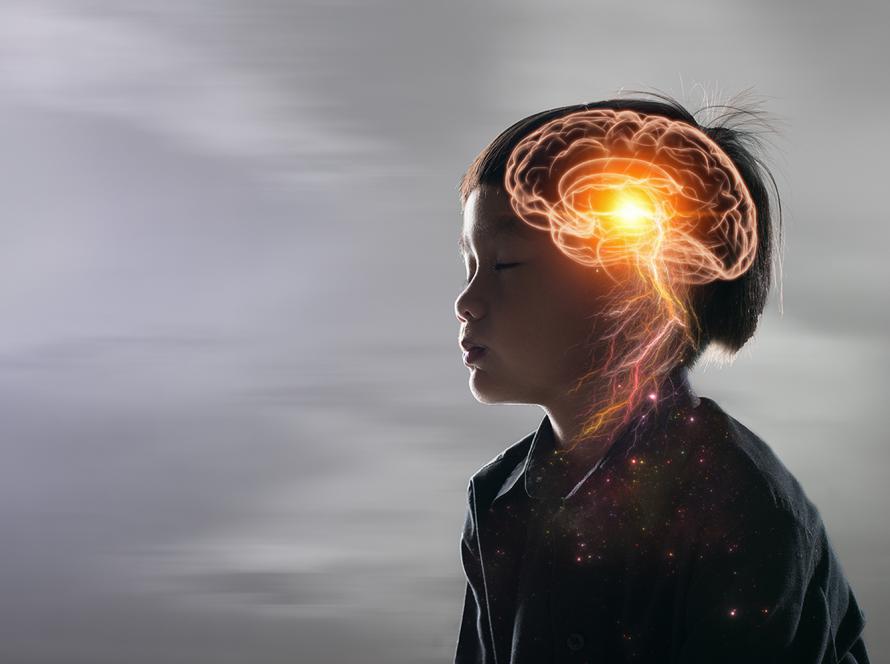Every child learns at their own pace. However, some children find learning more challenging than others: these are the children with learning difficulties. Better understanding the challenges they face helps us support them more effectively, both at school and at home. Together, let’s explore what these difficulties truly involve and how we can offer the support they need.
What Does It Mean to Have Learning Difficulties?
Having learning difficulties doesn’t mean lacking intelligence or motivation. In fact, these challenges refer to specific disorders that affect how a child receives, processes, or expresses information. In other words, these children have the potential to succeed, they just need a different approach to get there.
Children with learning difficulties may struggle in various areas: reading, writing, math, memory, concentration, or organization. These difficulties can appear early, sometimes as early as nursery school, or become more noticeable upon entering elementary school.
The Different Forms of Learning Difficulties in Children
Learning difficulties in children can take different forms and affect various aspects of cognitive, emotional and social development. These disorders, although not always obvious, can have a significant impact on children’s well-being. Here are some of the most common disorders found in children.
Attention and Concentration Disorders
Some children struggle to stay focused on a task. They may have Attention Deficit Disorder (ADD), with or without hyperactivity (ADHD). These children are often distracted, impulsive, or easily overwhelmed by long and complex instructions.
Language and Communication Disorders
Language disorders, such as dyslexia or developmental language disorder (DLD), make learning to read, write, or speak more difficult. A dyslexic child, for example, might confuse certain sounds or mix up letters when reading.
Specific Cognitive Disorders
Dyscalculia is the inability to manipulate numbers and to understand or follow mathematical reasoning. Working memory disorders, on the other hand, involve difficulty managing multiple pieces of information at once or performing more than one task at a time (such as writing while listening).
These difficulties hinder a child’s ability to follow logical reasoning or to retain important short-term information.
Emotional and Behavioral Disorders
Stress, anxiety, depression, or certain autism spectrum disorders can also hinder learning by impacting a child’s ability to focus or interact with peers.
Although these disorders are commonly found in some children, it is important to note that only a health professional such as a psychologist or neuropsychologist can make a formal diagnosis. An early diagnosis makes it possible to put in place adapted intervention strategies and ensure optimal support for the child.
How to Support Children with Learning Difficulties
Supporting a child with learning difficulties doesn’t mean forcing them into a traditional path. It means recognizing their specific needs and adapting our ways of teaching, communicating, and supporting.
For Parents: Patience and Kindness
- Listen to your children and celebrate their successes: Parents’ primary role is to listen without judgment. Children with learning difficulties can easily lose confidence. Every step forward, as small as it may be, should be acknowledged and valued.
- Create a reassuring environment: A calm, structured, and predictable setting helps children focus better. A clear schedule, stable routines, and regular breaks can reduce stress and improve attention.
- Work as a team with the school: Communication between parents and teachers is essential. It ensures continuity between home and school and helps everyone understand the tools and methods used to support the child.
For Teachers: Observe, Adapt, and Encourage
- Identify signs of learning difficulties: An attentive teacher can quickly detect signs of difficulty: unusual slowness, confusion with instructions, refusal to engage in certain tasks… These signs should encourage teachers to be more understanding, rather than punish their students.
- Adapt lessons to your students’ needs: Reducing the amount of information, using simple sentences, and offering short, progressive exercises are small changes that can make a big difference for children with learning difficulties.
- Celebrate efforts: Highlighting effort rather than results is key to maintaining motivation and self-esteem. What matters most is that children learn.
The Importance of Adapted Textbooks for Children with Learning Difficulties: The Role of Kedemos Education
In response to the challenges faced by these children, many publishing houses edit schoolbooks and storybooks adapted to children with learning difficulties. The resources at Kedemos Education, for example, play a crucial role in facilitating learning and maintaining engagement.
Indeed, at Kedemos Education, our mission is to make learning more accessible to everyone. To instill a love of learning in as many children as possible, we make sure our books are captivating, interactive, and enriched with a wide range of educational resources.
More Accessible and Stimulating Books
Adapted textbooks are designed to capture attention and make understanding easier through:
- Bright colors to visually organize information.
- Drawings and pictograms to make abstract concepts more concrete.
- Spaced-out texts with short sentences to prevent cognitive overload.
- Detailed, explanatory illustrations to support memory and mental organization.
Multisensory Learning Tools
Kedemos Education textbooks combine expression opportunities, listening exercises, and hands-on interaction. By downloading our eBooks, children can flip through the pages at their own pace, making the experience more personalized. Our online platform offers audio recordings of all stories, phonics lessons, roleplays, songs, and rhymes, thus capturing children’s attention and reducing distractions. For the younger learners, our dedicated Nursery kit includes activities that promote independence.
This multi-channel approach strengthens knowledge retention and improves learning outcomes.
Promoting Independence and Success for Children with Learning Difficulties
Thanks to these adapted tools, children with learning difficulties can learn at their own pace, with less fatigue and frustration. These resources provide a more accessible framework where they can feel competent and make confident progress.
In Conclusion
Children with learning difficulties deserve our full attention, patience, and creativity. By understanding their needs, adapting how we support them, and using educational tools designed for them, we empower them to unlock their potential. They remind us every day that intelligence takes many forms, and that real education can adapt to each person.








